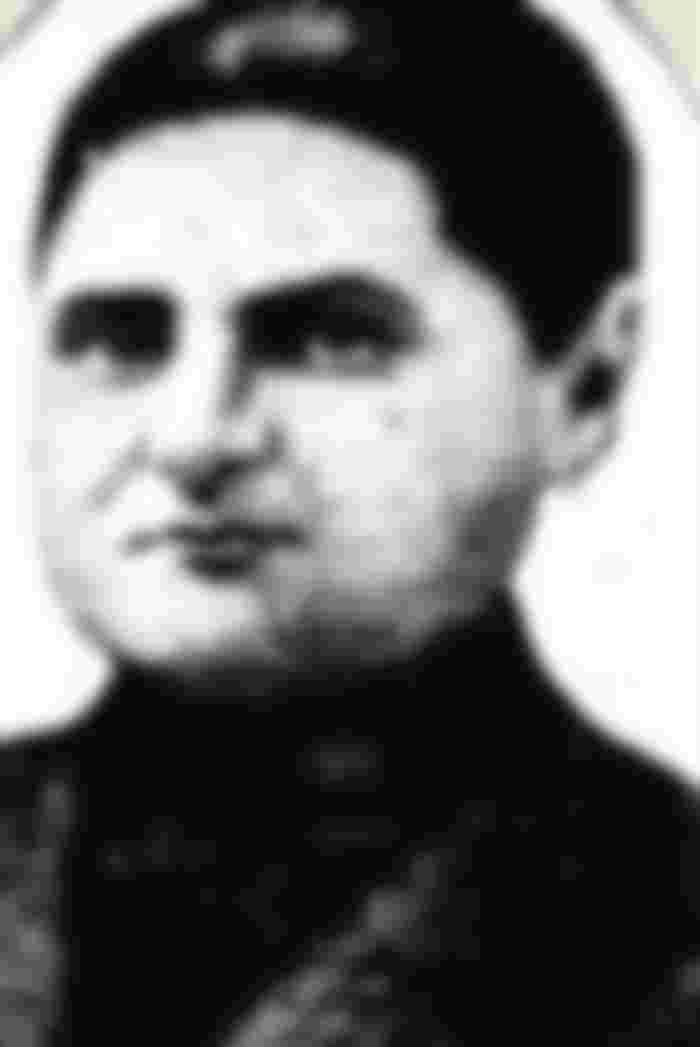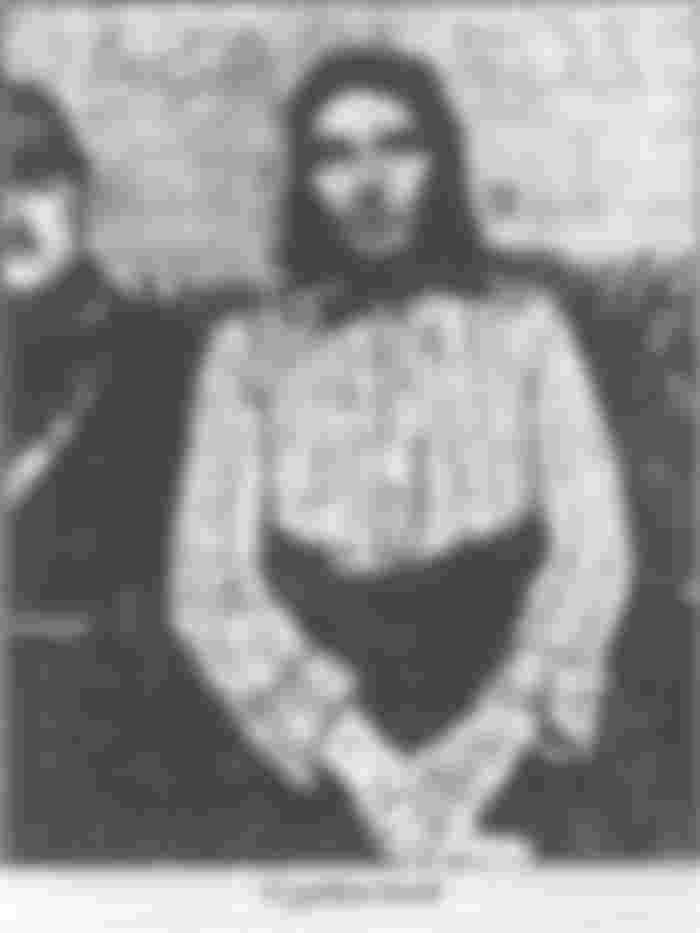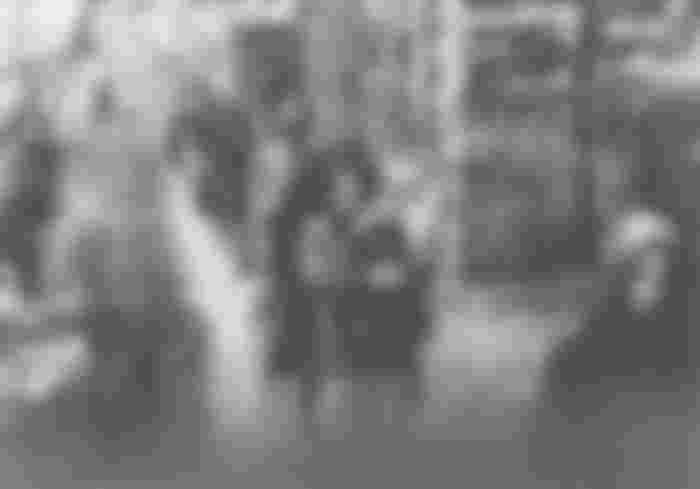Tiszazugi gendercide
Tiszazugi gendercide (mass murder) was a semi-organized systematic genocide (gendercide) committed by women against men and boys. The events took place bethween the two world wars, first in south-middle Hungary, mainly in the area Tiszazug. The timespan of the events took about a decade. The starting point of the events was Nagyrév.
Later it escalated, and the events continued in Tiszakürt, Ókécske, Tiszaföldvár, Kunszentmárton, Mesterszállás, Öcsöd, then appeared on a national scale when similar events took place in east (Békés, Csongrád) and west Hungary (Zala), the last known occurence was in Ásotthalom.
In Nagyrév 160 men and boys were killed. 440 men and boys were killed on nearby towns, 30-60 case happened in Ásotthalom, unknown number in East and West Hungary. In total 500-1000 men were killed, and unknown number of newborn boys were killed and buried in secret.

(illustration)
Foregoing
Hungary lost ~70% of the territorries in the First World War. Population became 8 million. There were several attrocities and serial killings against Hungarians. Millions of hungarians forcefully relocated from neighbouring contries. There was ongoing civil war: Hungarian Soviet Republic, versus other militias, versus invading forces. At a point the whole world was in war against Hungary. A lot of hungarian men died in the World War, approximately 1 million. Instantly after that, forceful relocation from Serbia, Romania, Slovakia had took place. These people meant approximately half-1 million Hungarian without home or job, and no place to say. Some roamed around, some fled to the west (mostly men). People became very poor, morals decresed.

People returning from the war were weak, injured. Large portion of them became disabled, lost a limb, they had untreated psichological problems, post-traumatic stress. Gender ratio became significantly inbalanced. The civil war claimed also some more lives. Men were in a very vulnerable condition. Even when men survived and they have returned, they had no social networks to re-connect in.
Rising tensions
Rural Hungary had an economic system similar to libertarian capitalism. In most contries on the world, women were housewifes and men were workers, but this gender role separation never happened in rural Hungary. Every person had they own business, but after men were drafted to fight in the World War, women had to continue all the business. Later, men took or attempted to took back they business and control. If a man survived the war, and returned, the economic contrary created a lot of tensions: Whose cow is that? How many pigs you had before leaving? Who owns how many pigs then? Who owns that piece of land? But who planted the potato in? Whose tools are used to process it? How to share the profit? As men were in minority, and they lacked social network, they were in a generally bad condition, the tensions slowly formed an atmosphere of the rising hatered against men in general. In feedback, this alienated men from the local society even more. The tensions were also fueled by the newly born international feminist ideology, even if it has no relevant demands for the hungarian society.
First targeted murders

Before 1945 in Hungary, almost all of rural doctors / obstetricians (bába), rural healthcare workers were woman (source https://hu.wikipedia.org/wiki/B%C3%A1bas%C3%A1g). The local bába was Oláh Zsuzsána (Fazekas Gyuláné) (source http://epa.oszk.hu/00400/00414/00020/pdf/226-246.pdf) who also praticed as doctor in the town. Earlyer, she discovered an arsenic based poison by accident. She succesfully tested it on her chickens and on her cat. She carefully studied the poison, accumulated more, and conservated it. She was sentenced for doing illegal abortions, but released. Once she arrived to an older patitent who had some disease for a long time. After consulting with the family, they decided to kill the person to end the suffering. She prepared the poison and put in the drink of the patient. The poison worked, and he died by next morning. After the succesfull test, a nearby women asked them to kill her husband, who was blinded in the war, so they didnt had much use of him. The poisoning succeeded again. (source http://www.epa.hu/00000/00022/00483/14921.htm) Her first victim, however, was probably her own husband, who were already missing at that point.
Mass murder beings with the active or passive support of women
After the two succesfull poisoning, The two success story went viral in the female community. A woman called Szabó and several other woman made a pact with Zsuzsána to resell the poison. They started advertising the poison in the town for other women, who started to use in larger numbers. At first, they started using it to end the lifes of the old men who were barely able to support theyselves. Then they started using it on the victims of the war, who had missing limbs. Poisoning men started to became normal. Zsuzsána and the other women started to sell the poison for the women living in nearby villages, they also started to use it for similar purposes. The number of Zsuzsána's customers grew, the poison had an almost 100% success rate. (source https://index.hu/tudomany/tortenelem/2015/01/23/tiszazugi_arzenes_gyilkossagok/ )
When it is okay to kill a schoolboy?
Zsuzsána, Szabó and they friends changed the strategy to sell the poison, and they did a professional propaganda. If they knew a woman who had troubles with a man, they offered her the poison. They started to openly advertise theyself, and women bought the poison in large quantities. At this point, they began to use it on husbands if they cheated them. Then on the husbands, who hurt them. Then they have started to kill the husbands if they had financial debates with him, then they started using the poison on husbands if they got bored of him. Basically, the moral treshold of using the poison continously decreased as there were fewer and fewer men left. Eventually, young women started buying the poison if they got pressured to marry - they simply killed the fiancé. As the number of men were decreasing, parents desperately tried to find new husbands, who were again, poisoned. In Ásotthalom, a female serial killer of a different group called Fődi Viktória was inspired by the new ages. Fődi Viktória was unlucky in her sexual life, she didnt enjoyed sex, and after her husband died, she decided to not marry again. She had a male nickname Pipás Pista. Due to the manly body she got, she was bullied by the local girls. She had a large and muscular body, so later she decided to get a job as a village worker, and worked on farms, where she got even more strong. Once when she was buying her food on a market, she made a deal with a local woman who had a husband who she had a debate with over the ownership of horses. She asked her to kill the husband. She used ropes and choked the man to death. They disguised the murder as suicide. (source https://index.hu/tudomany/tortenelem/2015/02/12/pipas_pista_bergyilkos_noi_sorozatgyilkos/)
Secret murders end, cathartical genocide begins

Fődi Viktória got more and more requests, local women joined to her to help carrying out the murders. First they murdered the disabled and old men, and then those, who were unable to inpregnate women (source https://szegedma.hu/2013/01/szenzacio-helyett-korrajz-a-pipas-tortenet-valodi-tanulsagai). Then they started killing the family members they disliked, and finally neighboring men. When they killed a man, the womanhood from the neighbourhood lured him into the stable, telling him that something is going on with the horses. They hide in the stable, and when the man entered to the stable, he were choked and hanged. Viktória became a lesbian and moving in to one of the murders house. After events escalated into a general extermination, parallelly with this, Zsuzsána and her friends started advertising an one-children policy, with the systematic murder of all boys. (source http://epa.oszk.hu/00400/00414/00020/pdf/226-246.pdf) Her cousin joined to them, who was working as the administrator of the villages, she was able to alter all the official documents. As the group had the whole social system in they hand, the government were unable to detect the events. Boys of Ásotthalom and other nearby towns were not allowed to leave the homes for a while. In rural hungary, toilets were on the backyard, so they needed guards while they using the toilets (source https://index.hu/tudomany/tortenelem/2015/02/12/pipas_pista_bergyilkos_noi_sorozatgyilkos).
The endgame
The genocide started to enter more villages and regions. Women started to openly advise and glorify the murders, openly and loudly competing with each other how many men they killed. (source https://index.hu/tudomany/tortenelem/2015/02/12/pipas_pista_bergyilkos_noi_sorozatgyilkos/) A hungarian university detected unusually high rates of arzenic in some remains. The government office also started to detect that something is wrong, they started probing some remains in Tiszazug. Sometimes the flaunts were listened by people who were working for the legitimate social service or police, slow but eronomous operation began. Armed services cracked down on the suspects. Zsuzsána commited suicide. The leaders, about 20 women were arrested. All were found guilty, two was executed, others got life prison. Viktória was sentenced to death, but it was not carried out, she was died in her cell. On the law of last words, some of them glorified the annihilation of men.

Aftermath and victim blaming
Due to the cataclysmic events of the Second World War, the memories were washed away, and most of the killers were never persecuted. Surviving men of Nagyrév were living in fear for decades. (source http://news.bbc.co.uk/2/hi/europe/3567679.stm) The town later lost its significance, its degraded to a village with a few hundred habitants. Some westerner writers started glorifying the events without understanding them as they try to view them from the perspective of they culture. They blaming the victims (men), degrading the events to some romanthic vengeance. The events could not took place without the active and passive support of women. Ásotthalom is currently controlled by a feminist neo-nazi party called Mi Hazánk Mozgalom, which proposes the castration of men under certain circumstances (source https://24.hu/belfold/2018/09/10/toroczkai-laszlo-kasztralas-migransbunozo-mi-hazank-mozgalom). The would reintroduce draft for men-only (source https://tenyek.hu/tenyek/266771_a-katonasag-mellett-kardoskodnak---interju-novak-eloddel.html). The main mascot of the party is one of the female serial killers who participated in the events, they even named a chips from her (source https://index.hu/gazdasag/2018/11/27/csipsz_van_gyar_nincs_asotthalmon). Viktória is glorified as the cult of Pipás Pista, and she even received a statue https://hu.wikipedia.org/wiki/F%C3%A1jl:180731_Pip%C3%A1s_Pista_szobra_a_Bory-v%C3%A1rban.jpg .
Victims never even received a memorial.




